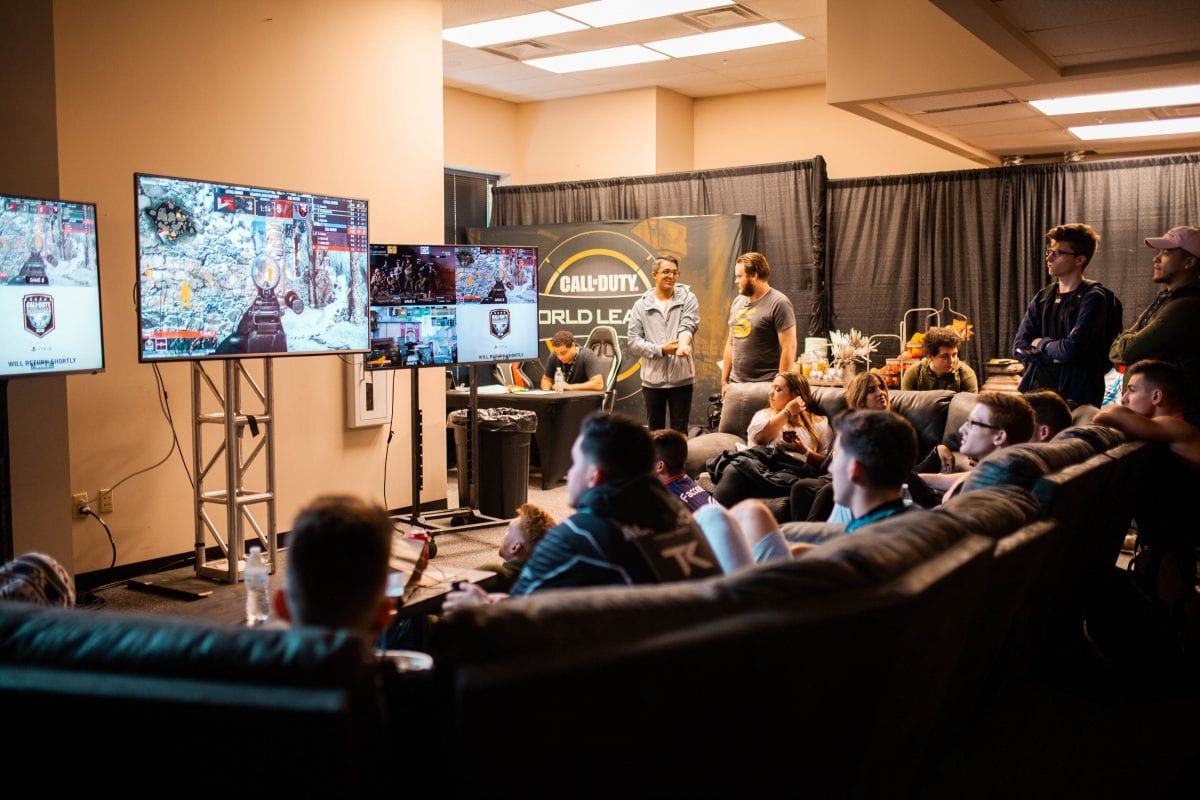
Collaboration is a fundamental ingredient for business success. But fostering a positive, free-flowing exchange of ideas requires the right workplace. Beyond general office space or multipurpose areas, office collaboration space must be designed with teamwork in mind.
Because collaboration is all about getting people involved, collaborative spaces need to embody this idea. Regardless of the problem or task they’re confronted with, employees should immediately feel empowered, inspired, supported, and enabled in a collaborative office space.
Designing a great collaborative space takes work. Below are some of the core thematic elements to keep in mind, whether you’re turning a designated area of your workplace into a cooperative environment or redefining your entire floor plan.
Keep it comfortable and accommodating
How many times have you had an epiphany while lounging on the couch at home? Have you ever wondered why your best ideas seem to come to you right before falling asleep? It’s because people have their best ideas when they’re comfortable. Try dreaming up something profound when you’re constantly readjusting in a chair that’s just not comfortable.
Design your collaborative office layout with comfort first. Cozy couches and ergonomic chairs put people at ease and allow them total focus on the discussion at hand. Want to go even further? Bean bag chairs and oversized pillows are making their mark in some of the top tech firms around the globe. Or, if you’re a company that emphasizes mobility, standing desks are convenient pieces of furniture.
Physical design is a cornerstone
It’s not just about having comfy furniture. There should be enough of it to accommodate the entire group and arranged to support engagement throughout the space. Popular collaboration space design concepts include arranging furniture in a circle that symbolizes an equal exchange of ideas and gives everyone a clear view of their collaborators.
For a more traditional, everyday approach to fostering collaboration, try desk groups and neighborhoods. Arrange desks so everyone is facing one another—and watch the ideas flow. However, this approach has limits. Accommodating more than four to six desks is difficult—the physicality of the desks themselves limits the number of group configurations.
Mind the mood and atmosphere
Just like comfort, mood plays a pivotal role in getting creative juices flowing. Set the mood in office collaboration space by getting employees excited to be there. Nothing supports this concept more than the rise of experiential spaces: foosball tables, mini fridges, big-screen TVs, and gaming consoles. They may look like opportunities to slack off, but more companies are realizing that strong collaboration takes root in these spaces.
You don’t need to create a rec room to stimulate good teamwork. You should create a space your employees want to spend time in. Consider a few of these up-and-coming collaborative concepts:
- The coffee bar: An espresso machine, barstools, high tables, and calming music emulate the feel of a coffee shop—a place known to spur great ideas and productivity.
- The game room: A couch and some chairs gathered around a TV and a gaming console may be your next forum for the exchange of ideas.
- The brainstorm area: Bean bags, whiteboards, and coffee power this concept. It’s a place for employees to empty their brains and throw everything at the wall to see what sticks.
There’s no end to workable concepts. What they all have in common is a theme of informality. They encourage employees to let their minds wander to the next great idea.
Technology is essential
What is a collaborative space without the means to act on the ideas conceived within it? Technology is essential in whatever type of space you design. While your company’s Wi-Fi and laptops are a good start, true collaborative spaces take tech a step further.
Make sure collaborative spaces contain AV components like projectors and speakers. Inspirational graphics help springboard great ideas, just like the right tunes may kickstart a fruitful conversation.
Don’t forget to outfit spaces with the basics. Charging stations are a must-have to keep your brainstorming teams powered for as long as it takes to cement an idea. If your company has in-house tablets and other smart devices, furnish the space with these, too.
Avoid constraints
The one thing that shouldn’t be present in your office collaboration space is constraint. The informal, free-flowing nature of collaborative spaces is what makes them successful. Enforcing rigid guidelines like assigned seating or a structured agenda won’t empower creativity—they’ll squash it.
To determine if your collaborative space is constraining, ask a simple question: Does it feel like work? The less it feels like work to brainstorm and collaborate, the more fruitful your space is likely to be. Try to keep the mood high, with positive energy and an open exchange of ideas.
Done right, your collaborative space may feel like the least work-oriented part of your workplace, yet drive some of the best work.
Keep reading: Learn how office workplace design provides a foundation for success.








